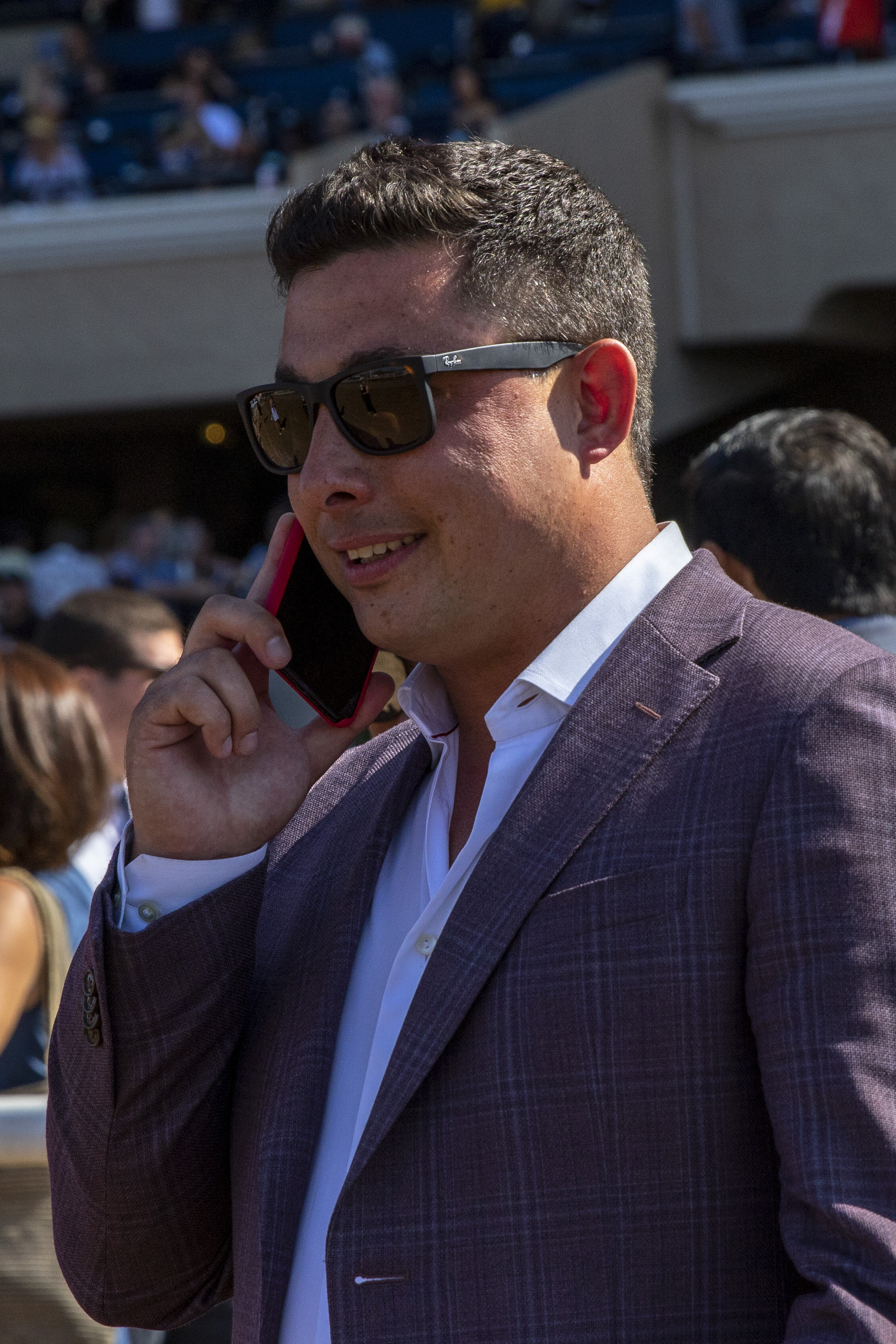#Soundbites - if you ran racing, what would you do?
Article by Bill Heller
Kenny McPeek
Kenny McPeek
I’d make it easier for fans to watch. I just think it’s very difficult. You have to open an account or have a credit card or get a satellite dish. The restrictions are constricting our ability to grow the sport. If you don’t live in one of 38 racing starts, [you] can’t open an ADW account. We make it too difficult for the fans.
Tom Amoss
Wow. I would make mandatory, random blood testing for all stables and barns; and I would do that immediately. What I’m saying is that the problem with racing today is we only test on race day. We’re not catching people who break the rules. We have to test the barns other days.
Kathleen O’Connell
Kathleen O’Connell
Stop the overkill with rules and regulations. Some of them don’t even make sense. The federal government stepped in. It’s too much. It needs to be more organized and organized by horse people. Say a horse ships in to me from another state. The racetrack wants the serial number for the vaccine from the other state. Some of these things are impossible. It’s just going to cause more trauma. The other thing is that licensing has become so difficult for owners. Fingerprints from every state. It puts a damper on things. My owners are not happy with the bookkeeping system. They’re chasing people from the business by putting a bad taste in their mouths. I would definitely change that.
Jamie Ness
That’s a tough one. Obviously, the horses come first. To me, the bettors and the owners are the people who put this sport on. These are the people we have to take care of. I think we’re regulating ourselves out of business—more rules, more rules, more hoops. And the people holding the bag are the owners and the trainers. I have a couple new owners. The license process is difficult. They can’t claim a horse if they haven’t run one. How do they get into the business?
John Servis
John Servis
Wow. I think I’d have to hit the lottery to afford doing everything I wanted to do. Random testing across the board. I think I would try to make it a little bit more friendly for the fans: less takeout, maybe some more gimmicks. They seem to be doing very well.
Al Stall
I would make adjustments according to the declining foal crop. It seems like horse populations are getting cannibalized by overlapping races and overlapping dates. It’s simple math. Twenty-five years ago, we had close to 30,000 foals; and now we’re below 20,000 roughly. That would help the horses, which is the most important thing; then the horsemen and owners.
Mitch Friedman
It’s a good question. I would listen to the horse people—ask trainers for their opinions more. Ask the trainers what you think of the track every day. I would give more input to people who are on the backside every day with the horses. More input for exercise riders, grooms, clockers and vets, every day. Then meet every week with management and have them discuss that.
#Soundbites - Are there adequate protocols and security on the backstretch to prevent outsiders from tampering with horses? If not, what would you suggest?
Ralph Nicks
The answer is yes. The tracks have fences around all the way—all the tracks I’ve ever been at.
Tom Amoss
I believe that because of the changing environment and the stigma of getting a positive test, more needs to be done—not only increased penalties. Getting to a horse on the backstretch is very easy to do. Ninety-nine percent of the people back there would never bother a horse. What about the other one percent?
Charlie Baker
At Belmont and Aqueduct, we’ve got enough protocol coming into the track. Every now and then, someone can slip through the cracks. There’s no foolproof security. If someone is totally intent on doing something, if they want to come over the fence, they can. If they are intent on doing it, they will. At Saratoga, there’s parking on the backside, and it’s more wide open. Most of the people are fans, but it’s wide open. You have to make sure someone is around.
Simon Callaghan
I think there is. Tracks are different. At Santa Anita, security is tight. We’ve got a night watchman. I have people at my barn 24/7. We’ve been doing that for quite a while. It’s very important to have someone there at night. We want to make sure that there are no problems.
Kathleen O’Connell
I think on the backside at Gulfstream Park, people are very protective. I think we have a good network including workers in the barn. Multiple times, security makes sure badges are worn. I don’t see any strangers on the backstretch, especially the last couple years. We don’t have owners coming in and out since the whole COVID thing started.









